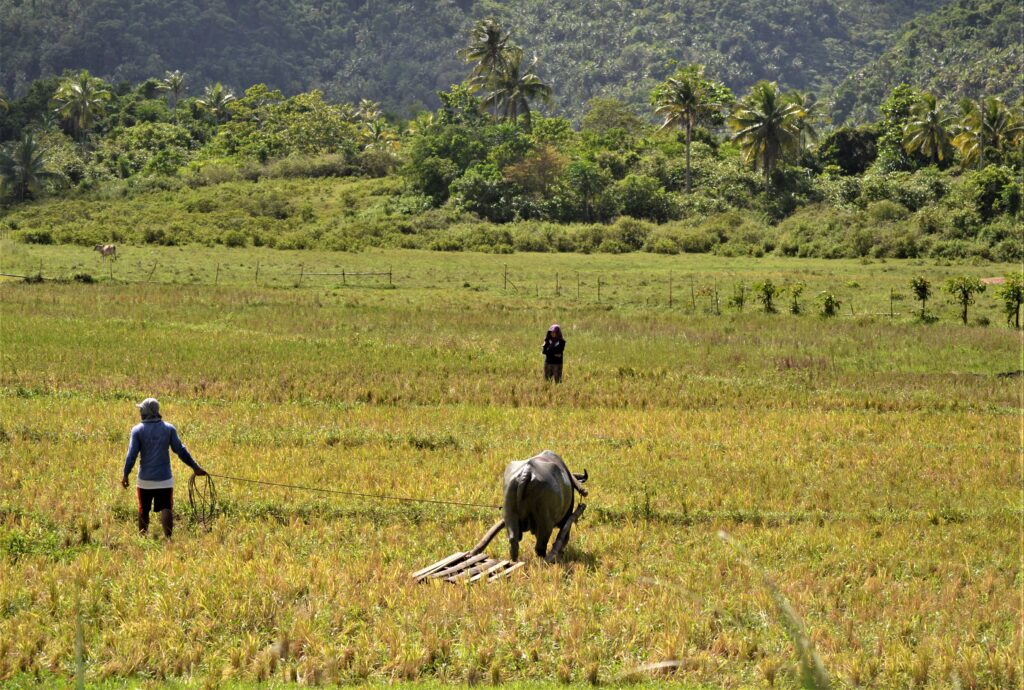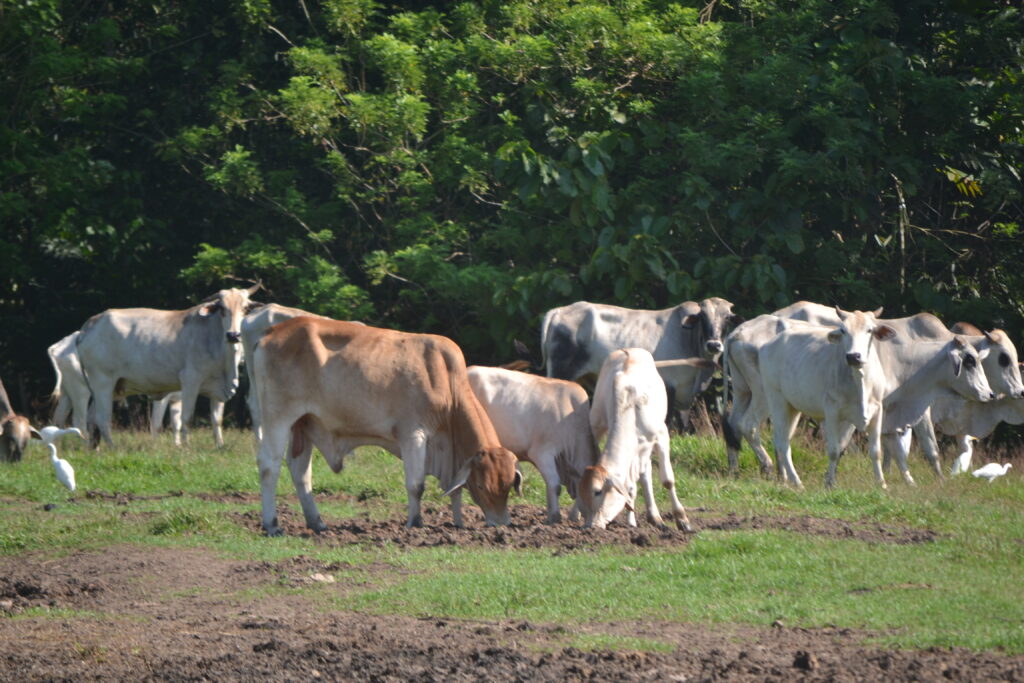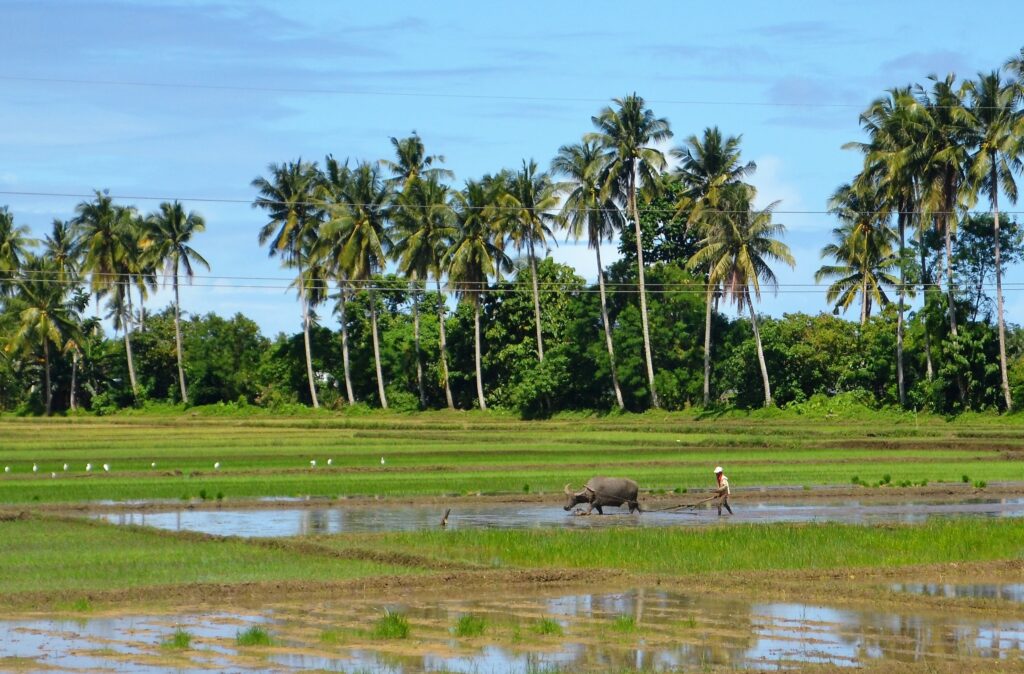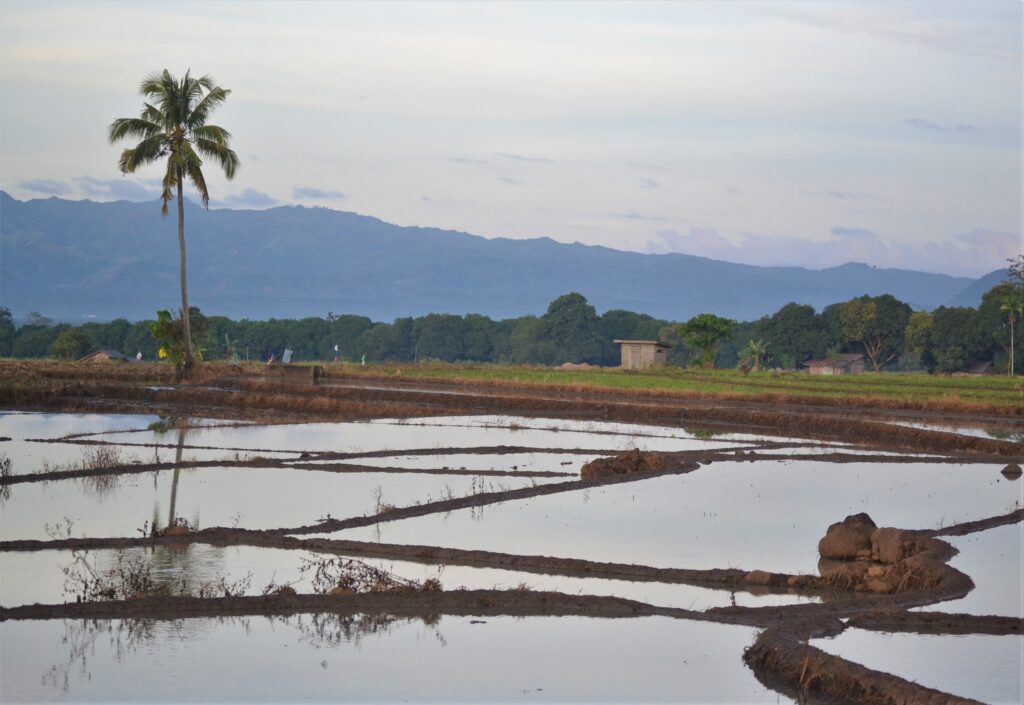When it comes to climate change, carbon dioxide is the usual culprit. An important heat-trapping gas, it is released through human activities as well as natural processes like respiration and volcanic eruptions.
The Earth Science Communications Team at the Jet Propulsion Laboratory of the National Aeronautics and Space Administration (NASA) reports that over the past 170 years, human activities have raised atmospheric concentrations of carbon dioxide by 47% above pre-industrial levels found in 1850.

“These billions of tons of additional carbon dioxide in our atmosphere will remain there for centuries, causing our planet to warm further, impacting on all aspects of life on earth,” meteorologist Michel Jarraud told the Agence France Presse when he was the Secretary-General of the UN World Meteorological Organization.
But equally important is methane, a potent gas which, per unit of mass, is 84-86 times stronger than carbon dioxide at warming the earth over 20 years and 23-34 times as powerful on a 100-year timescale, according to the Global Carbon Project, an international research program.
“Concentrations of methane have increased by more than 150% since industrial activities and intensive agriculture began. After carbon dioxide, methane was responsible for about 23% of climate change in the 20th century,” NASA reported.
Right now, there’s not much methane in the atmosphere – “about 1,800 parts per billion, about as much as two cups of water inside a swimming pool,” assured National Geographic’s Alejandra Borunda. “That’s about 200 times less concentrated in the atmosphere than carbon dioxide.”
That seems like a breather. “But methane’s chemical shape is remarkably effective at trapping heat, which means that adding just a little more methane to the atmosphere can have big impacts on how much, and how quickly, the planet warms,” Borunda warned.
In the past, when scientists talked about climate change, they never mentioned methane. In fact, in the first survey conducted in 1971 on the possibility of inadvertent human modification of climate, methane was disregarded. “Methane has no direct effects on the climate or the biosphere (and) it is considered to be of no importance,” the report stated.

It wasn’t until in 2001, when the United Nations-sponsored Intergovernmental Panel on Climate Change (IPCC) that methane was finally given the attention it deserves. “One of the most potent greenhouse gases on Earth,” the report of the Nobel-prize winning group said.
Methane gas is created naturally as a waste product of anaerobic bacteria (living with little or no oxygen). About 40% of methane emissions are produced by wetlands, including ponds, lakes, and rivers, respected scientists claim.
“Human activities account for about 60% of global methane emissions,” reports NBC’s Denise Chow quoting statistics from researchers of NASA’s Goddard Space Flight Center. “Agriculture makes up roughly two-thirds of that, with fossil fuel production and use contributing most of the rest.”
The contribution of the Philippines in methane emissions is paltry. As of 2012, the website indexmundi.com reports the value for methane emissions of the country was 57,170 kilotan (kt). Over the past 42 years, the country’s contribution reached a maximum value of 57,219 kt in 2009 and a minimum value of 40,859 kt in 1983.
The Philippines, being an agricultural country, may continue to contribute methane emissions in the coming years. Rice is the staple food of Filipinos. On the average, Filipinos consume 114-120 kilograms of rice per capita per year. That’s almost double of the world average of 65 kilograms per capita per year, according to Dr. Eufemio Rasco, Jr., former director of the Philippine Rice Research Institute (PhilRice).
Rice fields are one of the major contributors of methane in the atmosphere. “Rice is a plant that grows best in wet soil, with its roots flooded,” explains L. Hartwell Allen, an American soil scientist at the Crops Genetics and Environmental Research Unit in Gainesville, Florida. “But flooded rice crops emit substantial amounts of methane to the atmosphere.”

Scientists explain that long-term flooding of the fields cuts the soil off from atmospheric oxygen and causes anaerobic fermentation of organic matter in the soil. During the wet season, rice cannot hold the carbon in anaerobic conditions. The microbes in the soil convert the carbon into methane which is then released through the respiration of the rice plant or through diffusion of water.
On the other hand, decomposition of organic material in flooded rice fields produces methane, which then escapes to the atmosphere during the growing season. “Traditionally, farmers flood their rice fields continuously and incorporate 4-5 tons of rice straw per hectare at land preparation,” says a report released by the Philippine Council for Agriculture, Aquatic and Natural Resources Research and Development (PCAARRD). “Every year, these practices release 5,883 tons of methane to the atmosphere.”
In Isabela State University, a study funded by PCAARRD showed that by using simple science-based strategies, farmers can contribute significantly to the reduction of methane emissions.
For instance, mid-season drainage of irrigation water reduced methane emission by 48 percent. This emission is valued at P34.16 million, based on the 2009 World Bank price of US$12 per ton of carbon dioxide and exchange rate of P48 per US$1.
Meanwhile, composting of rice straw resulted in 64 percent less methane emission released in the air. By combining mid-season drainage and application of rice straw compost, methane emission is further reduced by 81 percent.
“By shifting to climate-change friendly farming practices, as what was done in the 7,789.34 hectares of lowland irrigated rice in Isabela, farmers can get incremental benefits amounting to as high as P138.95 million per year,” the PCARRD report points out.
Livestock, particularly the cud-chewing animals like cattle, are another major contributor of methane. In 2006, it was reported that the amount of methane emitted by farm animals alone exceeded that of the iron, steel, and cement industries combined.
“Livestock are one of the most significant contributors to today’s most serious environmental problems,” said Henning Stienfeld, chief of livestock information, sector analysis and policy branch of the UN Food and Agriculture Organization.

Livestock’s contribution comes from their manure and flatulence. “The population of beef cattle and dairy cattle has grown so much that methane from these livestock is now big,” commented Dr. Ralph Cicerone, an American atmospheric scientist and former president of the National Academy of Sciences. “This is not a trivial issue anymore.”
The digestive system of ruminant animals such as cattle and goats contain anaerobic bacteria and thus produce methane gas, according to medical science. A single cow has been found to belch out 100 gallons of methane gas a day.
A recent study showed that emissions of methane from livestock are larger than previously thought. “Revised calculations of methane produced per head of cattle show that global livestock emissions in 2011 were 11% higher than estimates based on data from PICC,” the Agence France-Presse reported.
This is indeed very alarming. “As our diets become more meat- and dairy-rich,” Prof. Dave Reay of the University of Edinburgh commented, “so the hidden climate cost of our food tends to mount up. Cows belching less methane may not be as eye-catching as wind turbines and solar panels, but they are just as vital for addressing climate change.”
Although non-toxic, colorless and odorless gas, methane is highly combustible. Scientists claim that mixtures of about 5 to 15 percent in the air are explosive.
Some experts warn that a holocaust is likely to happen should methane violently reactive with oxidizers, halogens and some halogen-containing compounds. Earth’s atmosphere is made up of 21% free oxygen, and some 2% of halogen and halogen compounds.
Will it be the end of the world? “If global warming continues unchecked,” wrote one environmentalist in his blog, “and the regions of the earth where there is a 5-15% concentrations of methane gas in the atmosphere reaches the temperature of 53 degrees Celsius, which is the flash point of methane gas, it could result in the spontaneous ignition of atmospheric gases and wreak unimaginable destruction to our planet.”

